“[A novel is] a machine for generating interpretations.”
UMBERTO ECO
It’s a strange feeling for a writer to listen as other people discuss his work. I made these people up, I invented their story, and now you’re talking about it as if it were real, as if it has an existence apart from me. So the experience is surreal. It can also be painful. The ultimate value of writing workshops, it sometimes seems, is to thicken the authorial skin. Bad reviews can sting, but at least they aren’t delivered in person before a roomful of nodding heads. The ritual humiliation of the workshop inures the author to future abuse.
But these discussions are painful for reasons apart from disapprobation. Sometimes it is merely the trauma of hearing one’s words twisted, the inevitable misinterpretations that ensue. We have all heard our stories praised, but for the wrong reasons.
My standard illustration of the point concerns the phallic symbol I never intended. I wrote a story set in Nuremburg during the first Gulf War, in which an American officer’s wife has an affair with an older German, the cultured owner of a nearby ratskeller. In one scene, the couple ventures into the old city, into an antique store where all the swastikas on the mid-century memorabilia are scrupulously hidden behind white tape. The German lover investigates an umbrella stand and discovers a withered old eighteenth century smallsword, the blade wavy from corrosion.
“It’s a river find,” the owner explains, a sword corroded by its long sojourn underwater. There was an ancient custom of committing swords to the deep (as evidenced by Arthur’s last instructions to Bedevere concerning Excalibur), so it’s not unusual for such pieces to show up. In the story, my German takes the handle in one hand and the blade’s point in the other and attempts to bend it, imitating the classic fencer’s pose. Instead of flexing, the blade snaps.
When this story was discussed by my workshop partners, everyone seized on the broken sword as a phallic symbol. For some of them, the significance of that image—the blade snapping in the seducer’s hand—was the thing they liked most about the tale. At the time, I was accustomed to rather brutal workshop experiences, but this one turned out positive. I was still chagrined, because the thing people liked most simply wasn’t there. To paraphrase Freud, sometimes a sword is just a sword.
As it happens, the incident in the story was transposed almost entirely from real life. I’d visited the shop in question on a trip to Nuremberg, had seen the tape-covered swastikas and the river find sword. (Fortunately, I didn’t break the thing, but I came close, and it was that experience I channeled as I wrote.) There was no symbolism in the event, at least none that I consciously intended.
But re-reading the story much later, I discovered something unsettling. It was there. No, I hadn’t intended to provide a visual commentary on my character, to show the brittle nature of the old world charm that made him so attractive, the thinly veiled history of brutality. Somehow, though, I’d written the story that way. I provided the material and my audience came up with an obvious, justified interpretation.
The lesson I learned was one that most writers will be familiar with. We put more into our work than we realize. Sometimes the finest inventions aren’t intentional. As a professor of mine always insisted, the author deserves credit for everything that’s on the page. That doesn’t mean he really knows what’s there.
Unfounded Findings?
A novelist I respect once told me his debut novel was intended as a theological study of the nature of evil, only none of the reviewers had noticed. When I read the book, I could see what he meant—his intention was realized—but I could also see why readers would have taken things in a different direction.
Our stories, no matter how much of a closed system we attempt to make them, are always open to interpretation.
Umberto Eco once called the novel a “machine for generating interpretations,” and Harold Bloom popularized the idea that all reading is misreading. It’s the reader who unpacks the story, and getting it wrong is an inevitable part of the process. The fundamental lesson of the fiction workshop is that authors can’t control how their work will be read. In my graduate program, authors were not even allowed to speak during the process. We bit our tongues and listened, and only once the discussion was over could we add our two cents and ask questions. In real life, we wouldn’t be able to hold readers by the hand and steer their interpretation, so we weren’t allowed that privilege in the classroom.
The thought of interpretation leaves some writers uneasy. For a Christian novelist, who may have a very specific message to get across, the idea of not communicating it, of leaving questions unanswered or conclusions open-ended, is just too much to risk. If the reader is free to find symbols where there are none or miss the ones that are there, then what is the point of writing from a Christian perspective at all?
All of this, I think, is an anxiety over process.
The writing process is so convoluted, so unsystematic and subjective. What works is so idiosyncratic, and the process resists universals so vigorously that for a writer with a message there is much to fear. We tend to favor what is most important to us, and if clarity of meaning looms large in our minds—if it is essential for readers not to miss the point—then the uncertainty inherent in creation and interpretation conjures all sorts of fear.
I know what it feels like to have written what I consider a profoundly theological work, only to hear a fellow believer complain about the absence of a clear Christian message. I also know what it’s like to have a view I abhor and certainly never intended read into my work. But instead of worrying over these phenomena, let’s draw a different lesson. If it’s possible for readers to find in our stories things we didn’t intend or didn’t realize were there, that means we can write more than we’re consciously capable of. It means that, intellectually and artistically speaking, we can sometimes punch above our weight. A writer can’t control how his work is interpreted, but there’s one tool available that can influence interpretation: Revision.
Dragging the River
In addition to that Nuremberg smallsword, I’ve handled two other river finds. One was from the collection of Ewart Oakeshott, the medieval sword expect who died in 2002. It was a sword fished out of the Dordogne, near the site of the fifteenth century battle of Castillon. The second was a ninth century Viking sword in a London museum. In both cases I found that looks can be deceiving. After centuries in the water, these swords look like rusty, deep-notched wrecks. You’d expect them to be heavy and unwieldy, but they aren’t. In the museum, I donned a pair of white curator’s gloves and held that ancient Viking sword, and it transmitted all its original power and menace to my hand. In spite of the damage of years, I wouldn’t have been surprised to find it could still lop off an arm.
You never know what you’ll find when you drag a river, or what use you might be able to get out of it. In many ways a manuscript is like a river, twisting and deep, sometimes still and occasionally punctuated by rapids. Just by being what it is, the thing accumulates debris and sediment. A novel is a big, complex thing, pointing in many directions. It is by nature untidy, even mysterious. And when you drag its bottom occasionally you will find things you didn’t realize were there, things you can use.
Revision is a process of refinement. Part of the process involves coming to terms with what you’ve written, judging its strengths and flaws. Even an author who begins with an outline and sticks to it tenaciously only realizes what he’s created once he can step back and see it all from a critical distance. The focus of revision is often on cutting—a reduction of ten percent is the going norm—with a goal of eliminating “fat” and leaving the manuscript’s strengths in higher relief. First, you must know what those strengths are.
When it came time to revise my Nuremberg story, I had to make peace with my unintended symbol. Reading the piece again, I could see it was there, and I could also think of ways to make use of it in the larger manuscript. What I’d written turned out to be more layered than I realized, but the layering was imperfect. So I did what I could in revision to make the most of that withered river find.
If the novel is a machine for generating interpretations, then writers are mechanics and our job is not complete without some tinkering. Revision involves re-reading—perhaps even creatively misreading—our original version, an opportunity to twist our own words before anyone else gets the chance.
J. Mark Bertrand is a writer who lives with his wife Laurie in South Dakota. He has a BA in English from Union University and an MFA in Creative Writing from the University of Houston, where he worked as production editor of the literary magazine Gulf Coast. He is the fiction editor at Relief Journal. He has written a novel, The Pattern of Wounds, and his recent short fiction has appeared in The New Pantagruel, Hardluck Stories and The Ankeny Briefcase.
Monday, December 11, 2006
Home »
» River Finds ~ An Essay By J.Mark Bertrand
River Finds ~ An Essay By J.Mark Bertrand
Monday, December 11, 2006
6 comments




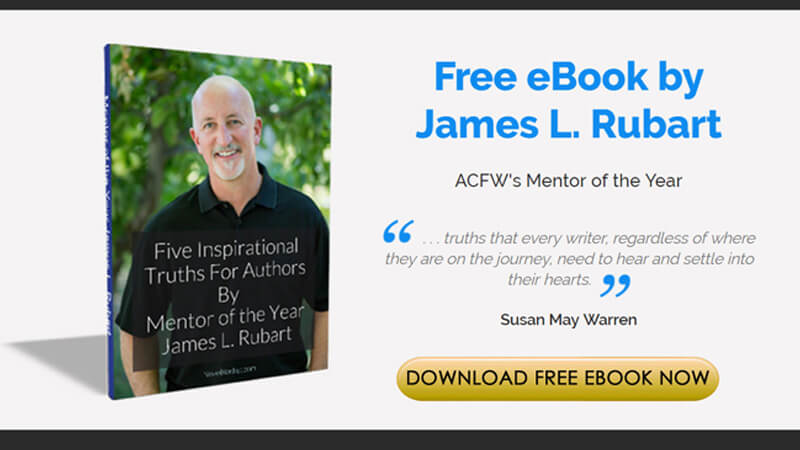
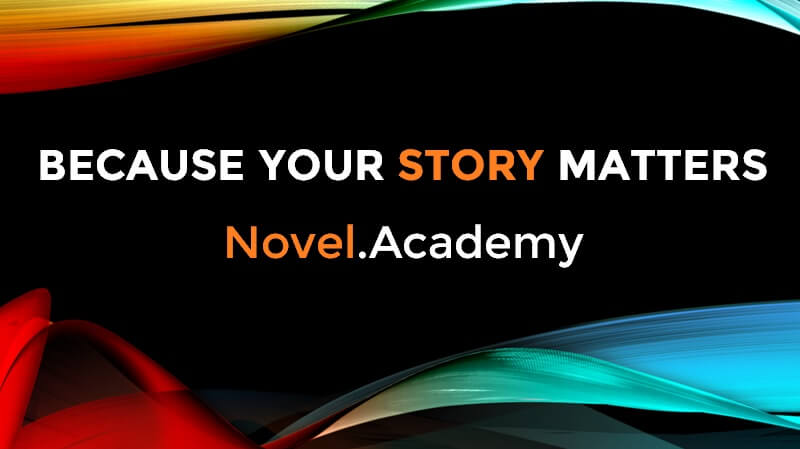
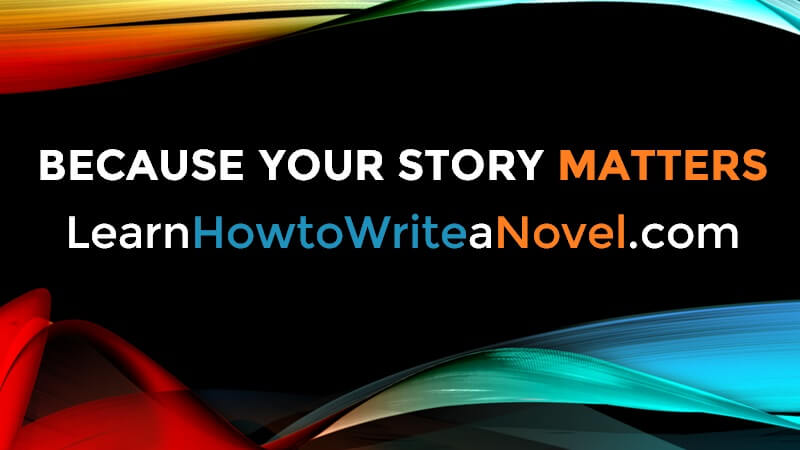
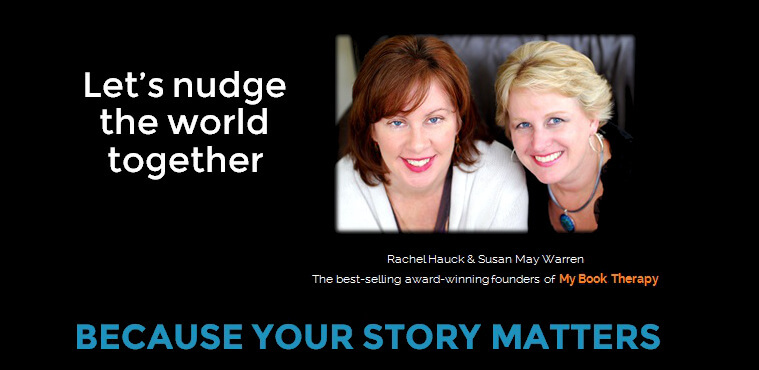
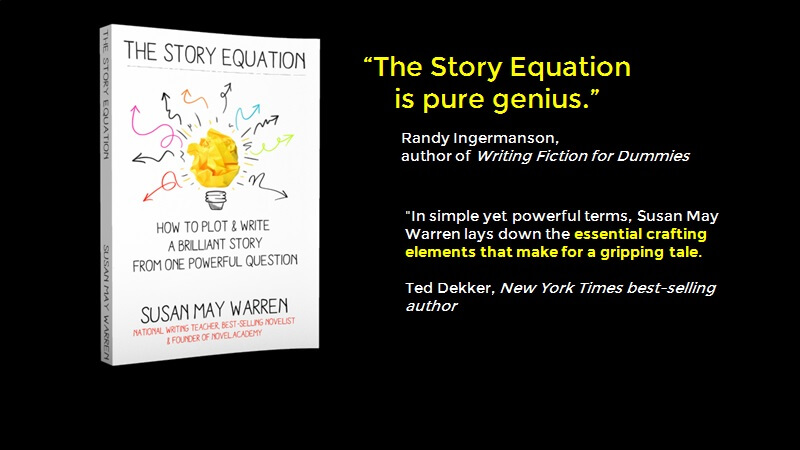
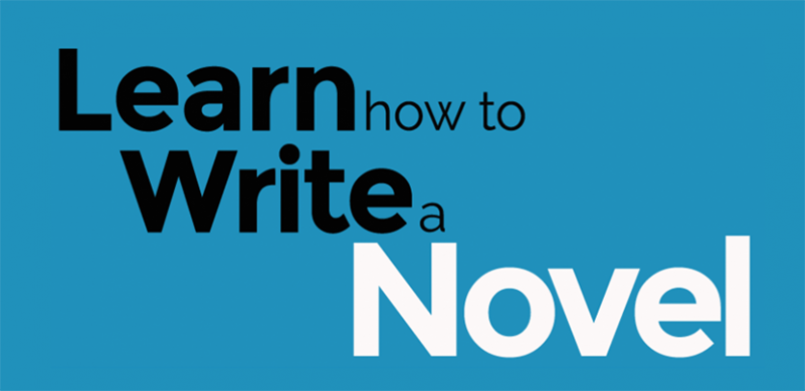


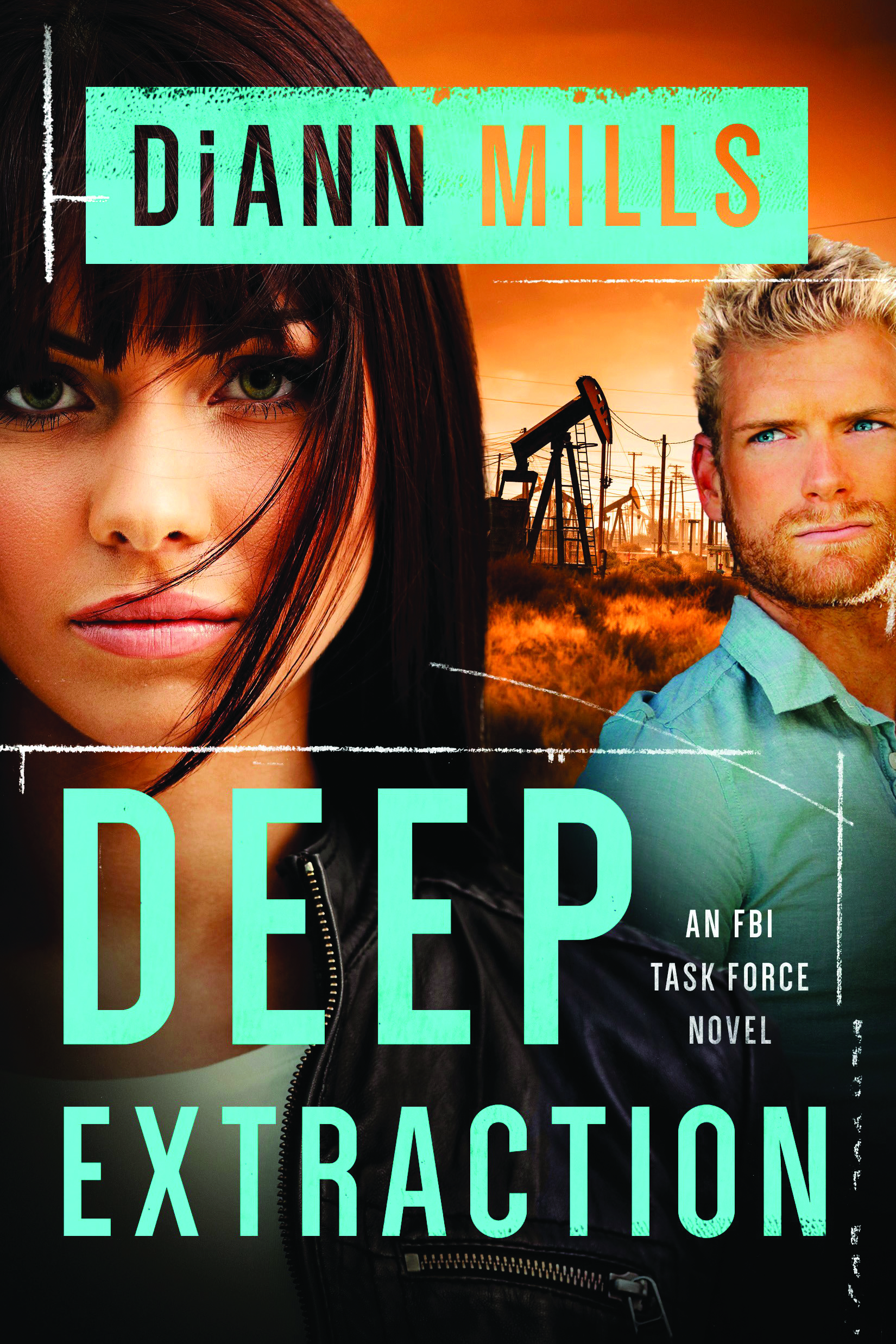










Unintended symbolism is my favorite. I love when someone points out a very clear symbol for something I suppose my subconscious intended. The mind is an amazing thing. Great piece, Mark, as usual. Thanks for sharing it with us.
ReplyDeleteExcellent essay, Mark. I agree with Gina. When an insightful reader detects symbolism or a layer I hadn't intended, I often build on it in the revision process. That's one of many reasons I crave and appreciate thorough critique.
ReplyDeleteIt's really not surprising that readers misinterpret, or interpret differently from an author. We all bring elements of experience, culture, education, and belief to anything we read. For those who worship a sovereign Creator God, we see "figures of the true" everywhere anyway, so it stands to reason we'd find them in characters and stories--even if the author is an atheist. He's still writing about God's world, after all.
Interesting topic. Thanks.
Thanks for the thoughts to chew on, Mark.
ReplyDeleteMany things are common to all but the mind of an individual is as unique as the fingerprints that belong to it's owner.
Of course we see what we need, want, or can in a work. Just like a Bible verse read 42 times all of a sudden jumps out and penetrates a heart.
God is so efficient and vast that He wastes nothing - even a shadow of something that may or may not be there.
Must be a South Dakota thing. ;) My dad hailed form there, and he always found symbolism in everything.
ReplyDeleteGreat essay, Mark. I think the reality of what you describe is one of the ways God teaches us - about ourselves and about Him - as we write and re-write. The play of words is His as well as ours.
ReplyDelete:)Marcia
Excellent essay, Mark. Lots there to think about, both as writers and readers. As an English major in university, I often wondered how much of the symbolism and meaning that we discussed in class was actually intended by the author. I wondered sometimes if my own writing was faulty because I didn't include all that! It was neat that you admitted you didn't intend it, but used it when it was pointed out to you. As Jeanne and Kelly say, the reader brings a lot to the work as well, from their own perspectives and experiences.
ReplyDelete